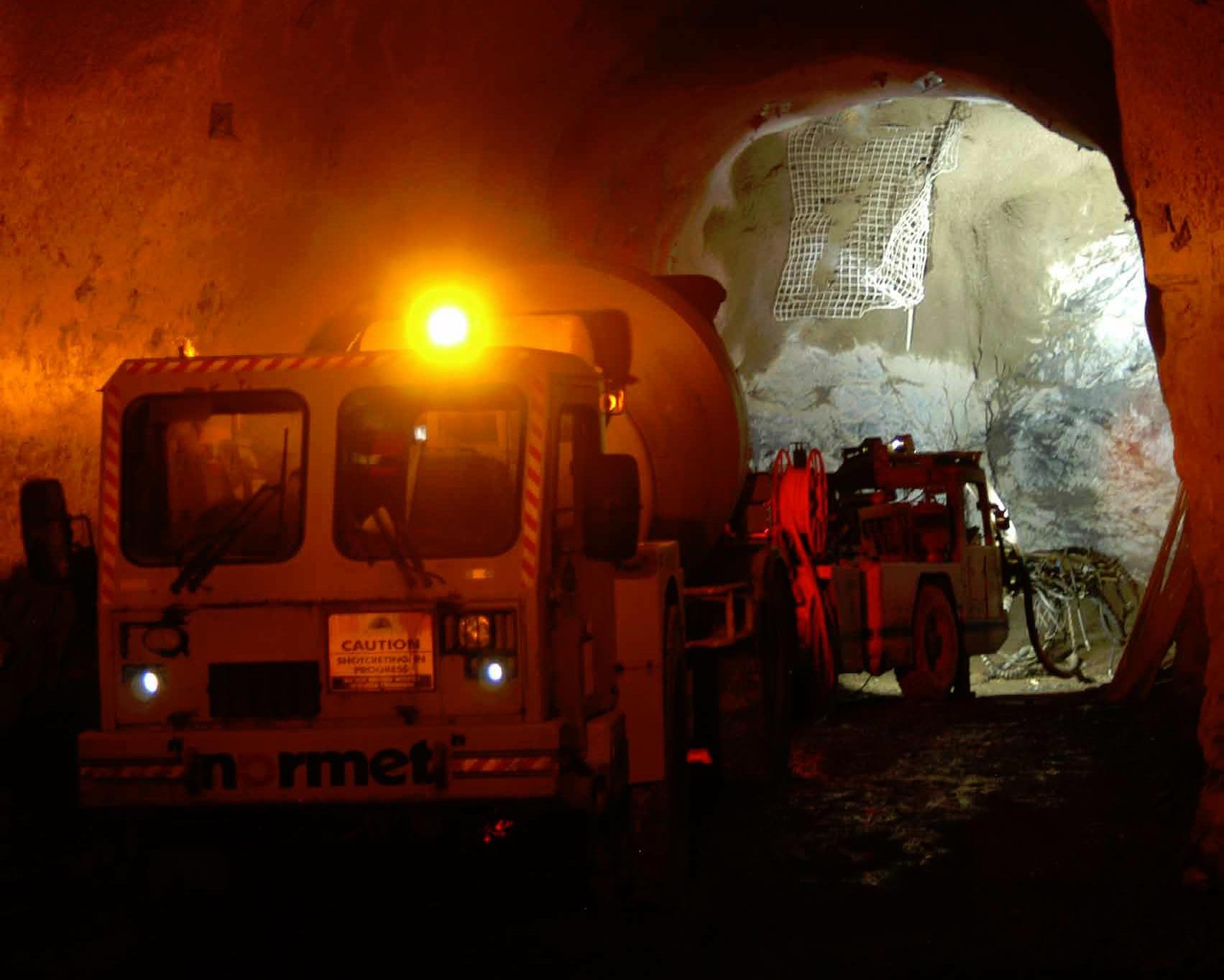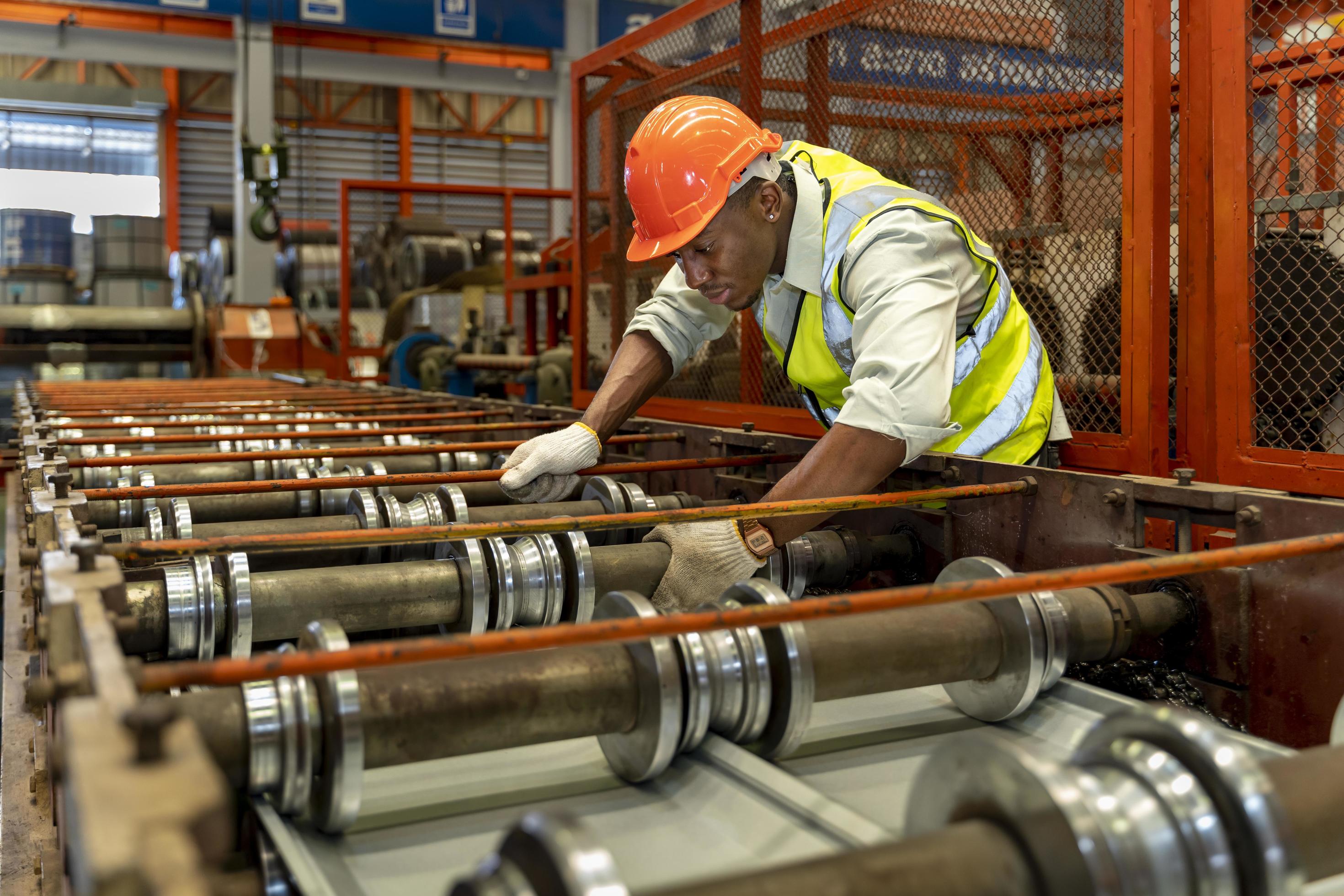
Barrick Gold’s Granny Smith property in the Western Australian outback is a hotbed of mining industry best practice, technical innovation and community initiatives: with more gold defined annually it has turned into a long term asset.
In case you’re wondering why a mine might be named after an apple, this Granny Smith has nothing to do with the fruit that has been called Australia’s best-known export. The deposit now owned and operated by Barrick Gold was first discovered in 1979 by Ray Smith and named after his wife Laurende who had just become a grandmother! Having passed through the hands of Delta Gold and Placer Dome, the arrestingly-named deposit was acquired by Barrick in 2006.
The mine started to operate in 1989 as a single pit with eight years’ estimated mine life, however many other pits have been mined between then and 2006. Today the mine draws on the reserves of the nearby Wallaby underground deposit and is continually adding to its production record. Granny Smith, says its energetic manager Julie Shuttleworth, is a textbook example of the effectiveness of continuous drilling and exploration to follow the limits of a mineral deposit. “The Wallaby deposit has a lot of potential. We have been drilling lateral and deeper extensions and have found positive mineralisation there as well.”
The underground mine is located 950 kilometres northeast of Perth and 23 kilometres south of Laverton in Western Australia. Its processing plant consists of a two-stage fresh ore crushing circuit with closed circuit screening, a single-stage oxide ore crushing circuit, a semi-autogenous grinding mill in circuit with cone crusher and ball mill, an agitation leaching and carbon-in-pulp circuit, tailings gravity retreatment plant with fine grind, a gold recovery plant with carbon reactivation, and a tailing thickener. Proven and probable gold reserves reported at the end of 2011 amounted to 635,000 ounces.
Julie Shuttleworth has managed the mine site since 2010, but has been with Barrick since joining as a senior metallurgist in 2000. She is a big hitter in the industry, seemingly as busy outside of her day job as she is coping with the demands of running Granny Smith. An energetic spokesperson for the mining industry, she goes into schools, universities, career fairs and seminars to talk to students and young professionals. “I am passionate about encouraging people to think about working in the mining industry.” There’s not room here to list the awards she has been given, but recently she was declared2012 Telstra Western Australia Business Woman of the Year, and in 2011 was Mine Manager of the Year at the Australian Mining Prospect Awards. Her contribution to mining education has been recognised by her alma mater, Perth’s Murdoch University, where she sponsors the Julie Shuttleworth Prize in Mineral Processing.
Though the drilling programme is her priority with six drill rigs operating to define the underground deposit outward and downward, there’s also potential future opportunity to mine the decommissioned open pits. A feasibility study is underway and Barrick will assess this project further in 2013.
The additional volumes of ore for processing could be handled by the existing processing plant, which is currently being kept topped up via an ore purchase agreement with Focus Minerals’ Laverton operations. The 22 year-old plant has been subjected to an improvement project during 2012 led by the processing manager. Relatively small changes to screen sizes, ball loading in the mills and optimisation of crushers delivered a big improvement in throughput from approximately 7,500 tonnes per day (tpd) to consistently over 9,000 tpd. “It’s great to see these results: There is still some upside there and we will be working on continuously improving over the next couple of years.”
The plant will need that capacity. Even without the proposed open pits, there has been a massive ramp up in existing operations. 920,000 tonnes of ore were mined from underground in 2010: this year the tonnage will top 1.4 million. As a result of this production the gold ounces recovered went up from 139,000 in 2010 to 196,000 in 2011. Production is expected to be about 200,000 ounces in 2012. How has all this been achieved? Shuttleworth’s simple answer is continuous improvement in asset management, resource utilisation, planning and incremental process changes with a big focus on effective teamwork. “We’ve focused on improving the capacity of the haulage trucks and making truck movement more effective. And we commissioned a new type of jumbo which has also increased production.” A jumbo is the machine that drills holes into the rock face for explosive charges: so the more faces you can drill each day, or the longer these holes are, the more you can blast and the more tonnes you can get out of the mine each day, she explains.
Another new piece of equipment which has been proving its worth over the last year is the low profile tyre handler that has been developed by the Granny Smith maintenance team in partnership with Austin Engineering. It is now making an impact on international mine safety since its launch by Austin Engineering at MINExpo in 2012. Changing tyres on underground mobile equipment is difficult due to the limited space between the tyre and the wheel arch. In the industry tyres are routinely balanced on fork lift tines and not surprisingly there have been some injuries. “After an incident at Granny Smith, we said to ourselves that we needed to find an engineering solution, with the use of a mechanised tyre handler,” says Shuttleworth.
It had to be able to tilt, rotate, grip and support tyres of all sizes, on equipment with very little wheel arch clearance. Austin Engineering of Kewdale, Perth, was asked to build a prototype. Field trials were successful and the unit is now in use at Granny Smith as well as other Barrick mine sites in Western Australia. Several units are also in the USA. The more mines that adopt the low profile tyre handler the happier Julie Shuttleworth will be. “My vision is that there is never another tyre changing accident anywhere. This machine securely holds the tyre and prevents it from toppling over, making the job safer.”
There’s best practice wherever one looks at Granny Smith. The production record speaks for itself, the tyre handler is a fantastic example of innovation serving mine safety, and in addition the mine has a strong sense of commitment to people development and the wider community. Based on her own experience Shuttleworth encourages colleagues to take advantage of the opportunities Barrick gives them to travel, transfer to other sites or to move on secondment to improve their skills. “These are strong values of the company and they are important to me.”
Good corporate citizenship is just as important, she believes. Granny Smith is near Laverton, a small town almost entirely dependent on mining and the mine works with the local shire, police, schools and aboriginal communities on many initiatives. “Every one of my managers and superintendents has a community relations initiative each year,” she says. These include traineeship programmes to increase the number of indigenous people working at the mine and sponsoring the Laverton School and the Mount Margaret Remote Community School in an aboriginal community nearby. “We provide a healthy breakfast every morning for those children to encourage them to come to school and have a good attendance record.” Support is also given to theLaverton Leonora Cross Cultural Association, an organisation founded and funded by the mining companies, with an amazing gallery showing local artists’ work.
Other sponsorship includes Auskick, which promotes Australian Rules football among children, as well as netball, cricket and other local sports. Further afield some of the Granny Smith team have worked with the University of Western Australia and the Australian School of Mines at Kalgoorlie. But Shuttleworth never loses her focus. “There are so many opportunities for young people these days: each year we hire new graduates and apprentices and take on university students in their vacation work. I am very keen on getting young people, both men and women, into the industry and helping them on their way.”
Written by John O’Hanlon, research by Jeff Abbott



 Barrick.Granny-APAC.Mining-Feb13-Bro-s_0.pdf
Barrick.Granny-APAC.Mining-Feb13-Bro-s_0.pdf









